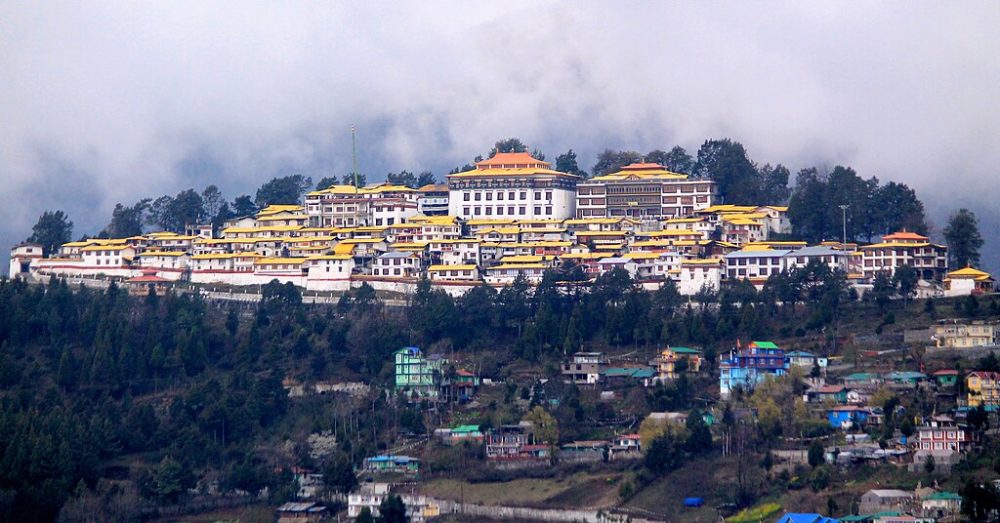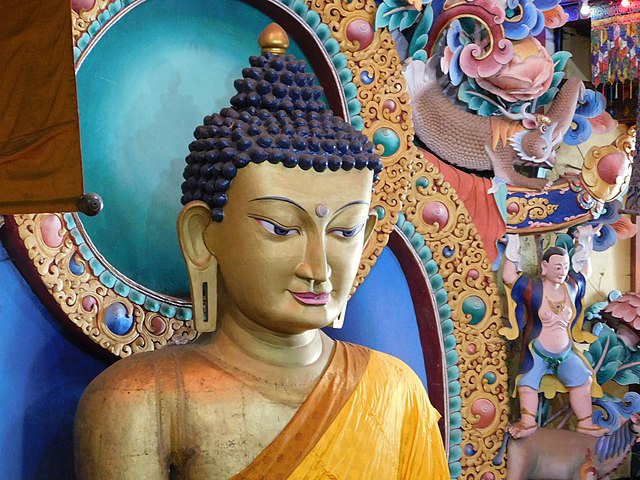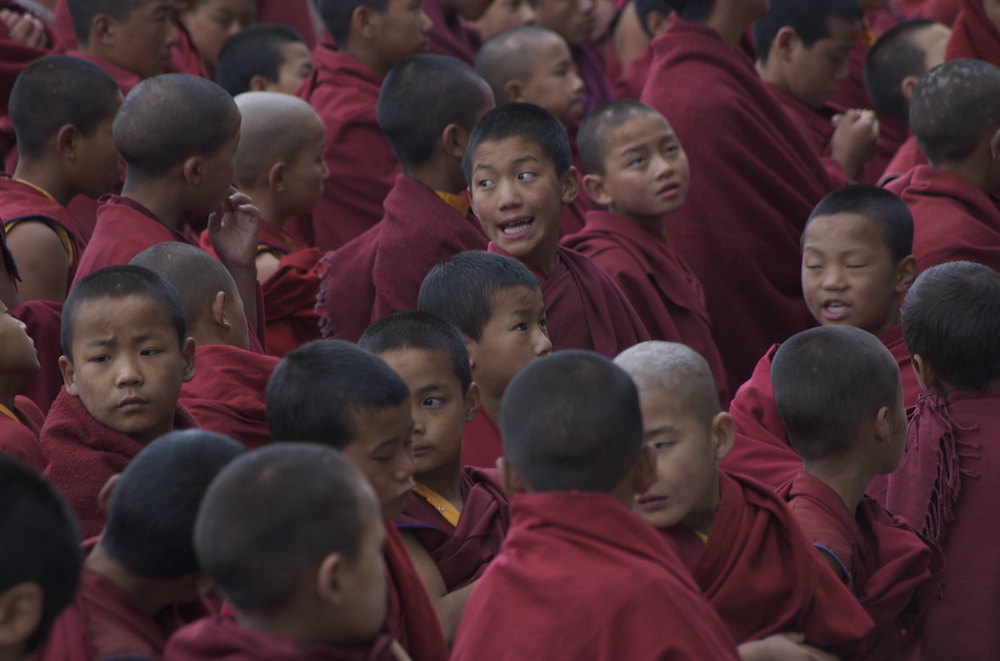
Explore the rich history of Tawang Monastery in Arunachal Pradesh. It is a vital center of Tibetan Buddhism nestled high in the Himalayas. Discover the monastery’s significance. Learn about its connection to various Dalai Lamas. Understand the unique journey you need to take to visit this sacred site.
Tawang, India. Nestled high in the Himalayas, close to the Tibetan border, lies the historic Tawang Monastery in Arunachal Pradesh. One of the most incredible trips I’ve ever undertaken was to this sacred site. It holds immense significance in the Buddhist world. Our organization, Orphans International, supports the Manjushree orphanage here, a project initiated by His Holiness the Dalai Lama. My visit included a personal tour by the head monk. Lama Thupten, a graduate of the temple, warmly shared the rich history. He also shared the spiritual essence of this revered place.

Historical Significance
Tawang Monastery, known as Tawang Ganden Namgyal Lhatse, translates to “celestial paradise in a clear night.” It is the largest monastery in India. It is also the second largest in the world. Founded in 1680-1681 by Merak Lama Lodre Gyatso, it was established with the blessings of the 5th Dalai Lama. The monastery stands as a testament to the enduring influence of Tibetan Buddhism and its intricate traditions.
The monastery’s history is deeply intertwined with the lineage of the Dalai Lamas. Over centuries, various Dalai Lamas have visited Tawang, solidifying its status as a critical center of learning and spiritual practice. The 14th Dalai Lama, Tenzin Gyatso, fled through Tawang during his escape from Tibet in 1959. His escape marked a significant chapter in both Tibetan and Indian history.

Architectural Splendor
Tawang Monastery is a marvel of traditional Tibetan architecture. Perched at an altitude of approximately 10,000 feet, it offers breathtaking views of the surrounding mountains and valleys. The complex includes the main temple, assembly hall, residential quarters, and a library housing rare manuscripts and scriptures.
The main temple, Dukhang, is adorned with exquisite murals and thankas (painted or embroidered Tibetan Buddhist banners).
The 28-foot-tall golden Buddha statue in the main hall is a focal point of worship and veneration. The monastery also holds the Ka-gyur (scriptures) and Ten-gyur (commentaries), central to Buddhist teachings.
The Role of the Dalai Lama
The position of the Dalai Lama in Tibetan Buddhism is akin to the papacy in Christianity. The Pope is a spiritual leader for Catholics. Similarly, the Dalai Lama serves as the spiritual leader for Tibetan Buddhists. This title has been held by various men over centuries. Each man is believed to be the reincarnation of Avalokiteshvara, the Bodhisattva of Compassion.
The 14th Dalai Lama, Tenzin Gyatso, is perhaps the most globally recognized figure in this lineage. He is known for his teachings on compassion. He also teaches peace and non-violence. His visits to Tawang Monastery highlight its importance as a spiritual hub. The connection between the Dalai Lamas and Tawang reinforces the monastery’s status as a guardian of Tibetan Buddhist culture. It also upholds its teachings.

The Journey to Tawang
Reaching Tawang is a journey as awe-inspiring as the monastery itself. I embarked on a two-day drive through the Himalayan mountains, crossing five majestic peaks. The nearest airport, Tezpur, is approximately 300 kilometers away, making the trip a challenging yet rewarding adventure.
Travel to Tawang requires a special military visa. This is because of its proximity to the sensitive border with China. It is also due to its status as a protected military zone. This added layer of security underscores the region’s geopolitical significance and the importance of preserving its cultural heritage.
Contemporary Relevance
Today, the Tawang Monastery continues to be a vital center for Buddhist learning and practice. It draws pilgrims, scholars, and tourists from around the world, all seeking to experience its serene spirituality and historical grandeur. The monastery also plays a crucial role in preserving Tibetan culture. It educates young monks. This ensures that the teachings of Buddhism endure through generations.
Visiting Tawang Monastery is more than a journey through breathtaking landscapes; it is an immersion into a profound spiritual legacy. The monastery’s rich history is fascinating. Its architectural splendor is awe-inspiring. The enduring connection to the Dalai Lamas makes it a beacon of Buddhism in the Himalayas. For anyone interested in spirituality, history, or simply the beauty of the Himalayas, Tawang is a destination. It promises an unforgettable experience.
Tawang’s Spiritual Legacy: Home to Dalai Lamas, Tibetan Buddhism (Aug. 6, 2023)
#TawangMonastery #HimalayanBuddhism #DalaiLama #SpiritualJourney #BuddhistHeritage #Tibet #SacredSites #ArunachalPradesh
Tags: Tawang Monastery, Buddhism, Dalai Lama, Tibetan Buddhism, Arunachal Pradesh, Himalayas, Religious Tourism, Buddhist History